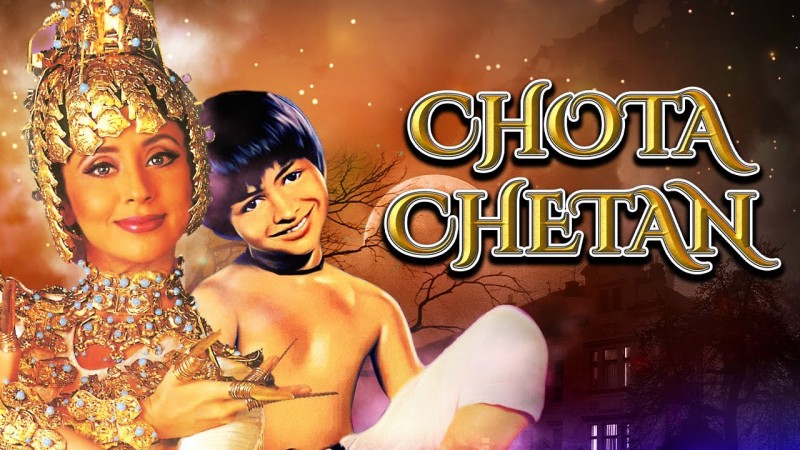
Numerous historical turning points in the history of Indian cinema have left a lasting impression. One such ground-breaking accomplishment was the 1984 release of "My Dear Kuttichathan," the country's first 3D movie. This film, a trailblazer in its own right, not only gave Indian cinema a fresh perspective, but it also captured viewers' attention with an innovative plot and cutting-edge production. This article delves into the amazing journey of "My Dear Kuttichathan," examining its conception, creation, impact, and the ensuing Hindi dub of "Chota Chetan."
Jijo Punnoose, a creative filmmaker with a passion for innovation, had the idea to create the first 3D movie to be released in India. The main character of the fantasy movie "My Dear Kuttichathan" was a cunning and magical sprite by the name of Kuttichathan who befriends three young children and leads them on a remarkable journey. Punnoose tried out 3D technology out of a desire to produce a visually immersive experience; this endeavor would ultimately change the face of Indian cinema.
In the 1980s, making a 3D movie required a massive effort and was fraught with technical difficulties. The "My Dear Kuttichathan" team had to work around equipment, knowledge, and resource limitations. Unfazed, they came up with creative ways to shoot in 3D, including putting two cameras side by side. To further the audience's sense of immersion, the production design and visual effects of the movie were also carefully planned.
On December 24, 1984, "My Dear Kuttichathan" made its theatrical debut, leaving viewers in awe of the cinematic magic playing out in front of their eyes. The film's groundbreaking use of 3D technology sparked interest and enthusiasm among viewers. The fantasy and adventure-filled plot of the story appealed to both kids and adults. The movie's success served as a significant turning point for the Indian film industry and opened the door for more technological and narrative experiments in the future.
Following the success of "My Dear Kuttichathan," the movie was re-released as "Chota Chetan" with a Hindi dub. Through this action, a larger audience in India was intended to be exposed to the cutting-edge 3D experience. The legacy of India's first 3D movie was further cemented as "Chota Chetan" held audiences' attention with its enchanted story and breathtaking visual spectacle.
The release of "My Dear Kuttichathan" signaled a turning point in Indian cinema, demonstrating the sector's readiness to embrace technological advancements and push the boundaries of creativity. Filmmakers were encouraged to experiment with new storytelling and visual effects techniques as a result of the movie's popularity. As a testament to the influence of creativity and originality in Indian cinema, "My Dear Kuttichathan" has endured as a legacy.
With its innovative use of 3D technology, "My Dear Kuttichathan" established a new dimension of storytelling for audiences and became a defining moment in Indian cinema history. The process of making the movie, from conception to completion and finally becoming "Chota Chetan," exemplifies the unwavering dedication of the creative minds who came up with it. The movie serves as an inspiration for upcoming generations of filmmakers and serves as a reminder of the limitless opportunities that lie ahead for those who dare to dream up and produce the extraordinary.
Challenging Choices: Actresses Who Said 'No' to Salman Khan's Silver Screen
Bollywood's Unexplored Duo: The Hidden Feud Behind Ajay Devgan and Hrithik Roshan